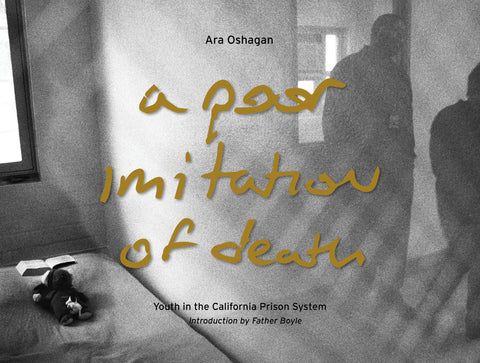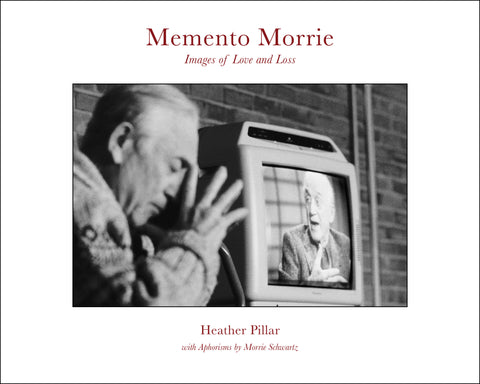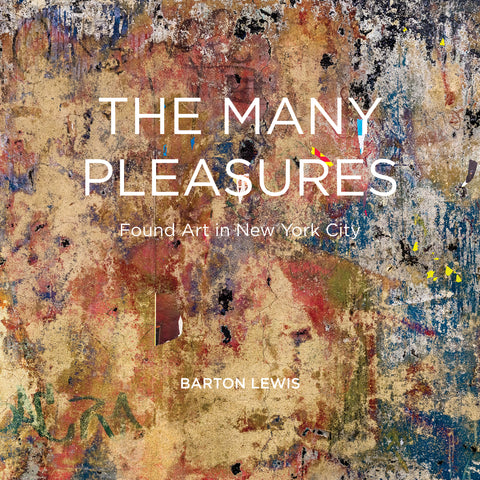Ben Vautier, Musse d'Art Contemporain, Lyon, France
until July 11, 2010
I wrote a review for Art Papers years ago of an exhibition by Ben Vautier at the much-missed partobject gallery in Carrboro, North Carolina. Partobject, a gallery for conceptual photography, was where I discovered Ben Vautier and could spend as much time as I wanted with photographs by Cathy Opie, Man Ray, Ari Marcopolous and others and talk about them with Kathy Hudson and Diego Cortez, the sister and brother dynamic duo who ran this incredible space. That Vautier show included relatively small constructed works that incorporated photographs, text and collage elements. While small, they were still formally and poetically powerful.
Much to my delight, the Musee d'Art Contemporain in Lyon (where I am living for 6 months) has a huge, jam packed retrospective of Ben Vautier. There are 3 floors stuffed with work: sculptures; constructions; banners; found objects; Fluxus and other archival materials; post-performance objects; photographs; collages; mirrors with text; text paintings; platforms and stages for visitors to stand on to become part of the show; interactive machines like a shoe shiner that the guards come over and tell you not use it even though it is plugged in and works; a "sex room‚" that children are not allowed in but my 4 year old daughter loved it until we were kicked out. The sex room was so filled with erotic knick-knacks and kinky kitsch, funny sexy combines, photographs and more that the sex was hard to find, let alone be offended by.
Ben Vautier is one of France's star artists. There are billboards for this show all over town that read "Strip tease is integral to Ben Vautier" (meaning he bares all artistically and emotionally) and products - cell phone covers, mousepads, t-shirts, and posters - with his signature text. He is not as serious as Christian Boltanski, but I would argue that he is just as good and important. Vautier is a: Fluxus trickster; Duchampian prankster; crazy post-Joseph Cornell and pre-Francis Alys artist; text addict; anti-egoist; relational aesthetic practitioner before the term was even coined; funny and prolific artist. That said, my American friends who visited the show didn't like it that much. They thought it was all about his ego; there should have been English translations; and that there was just too much to absorb.
I love shows that are so big and full that I can choose what to look at and what to ignore, shows that demand a second visit. I also love art that declares. Vautier makes many declarations. My favourite one is "to change art destroy Ego." And I also love artists who employ whatever means necessary to make what it is they need to make, artists who do not prioritize painting over photography or sculpture over performance. One of my favourite pieces in the show is a photograph from the 1970s of Vautier throwing God into the river. Actually, it is of a box with the word Dieu (god) painted on it. Vautier does away with God, with precious, decorative, meaningless, slacker-pop art and instead, bombards us with automatic writing, absurd objects, post-Dada and still-Fluxus gestures, an archive of the every day.
If photographs are always a reference to death, to a moment gone, then so are dolls with their heads cut off, birdcages filled with suspended mirrors scrawled with "ego," and pieces of wood painted with slogans such as "everything is art." Vautier breaks down superficial distinctions so that the tired and boring question of whether or not photography is art, is finally put to rest. Even the supposed separation between art and life is false. Art is life. Life is art. Photography is one tool, photographs one residue, of all that we observe and experience.



